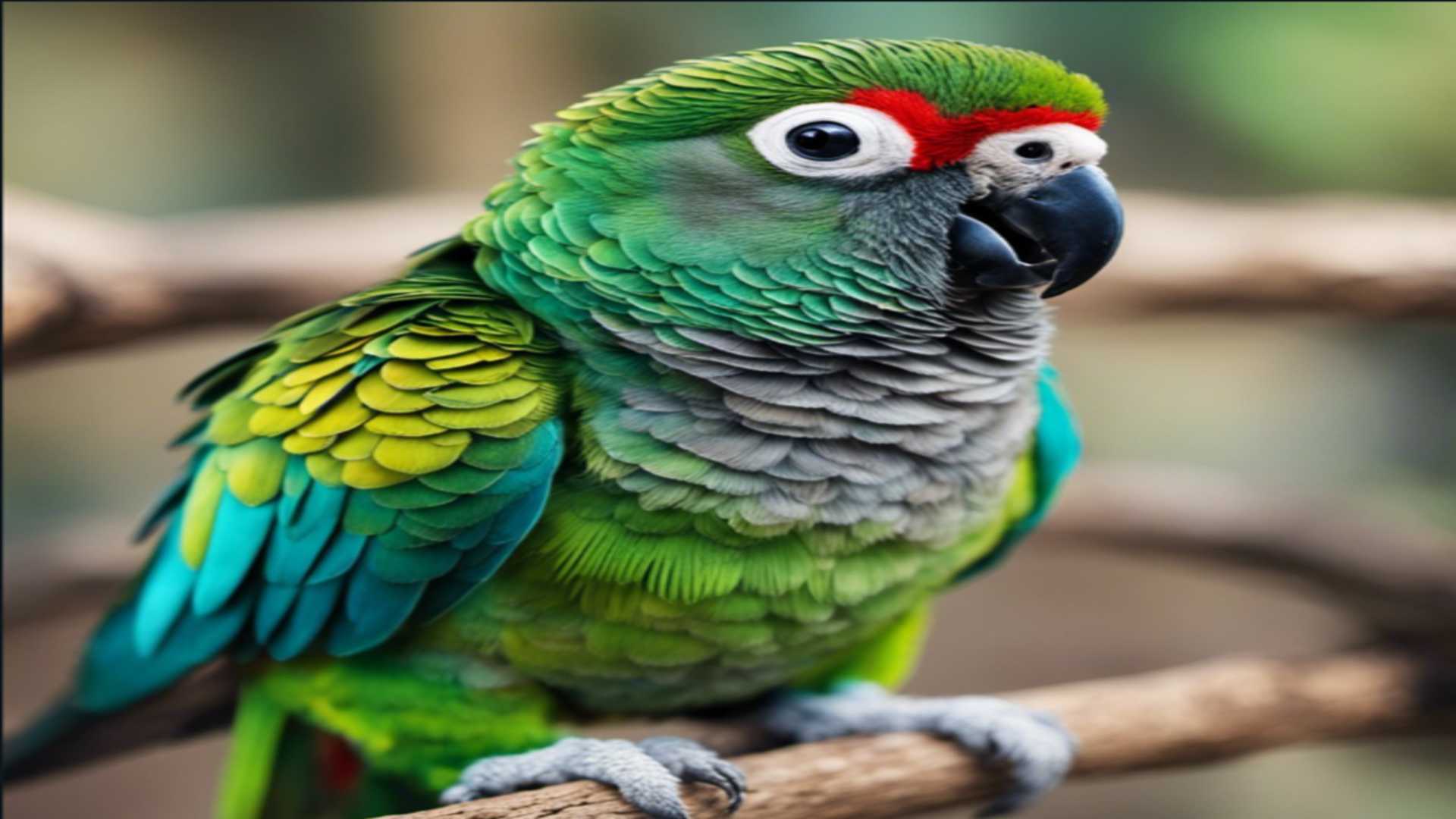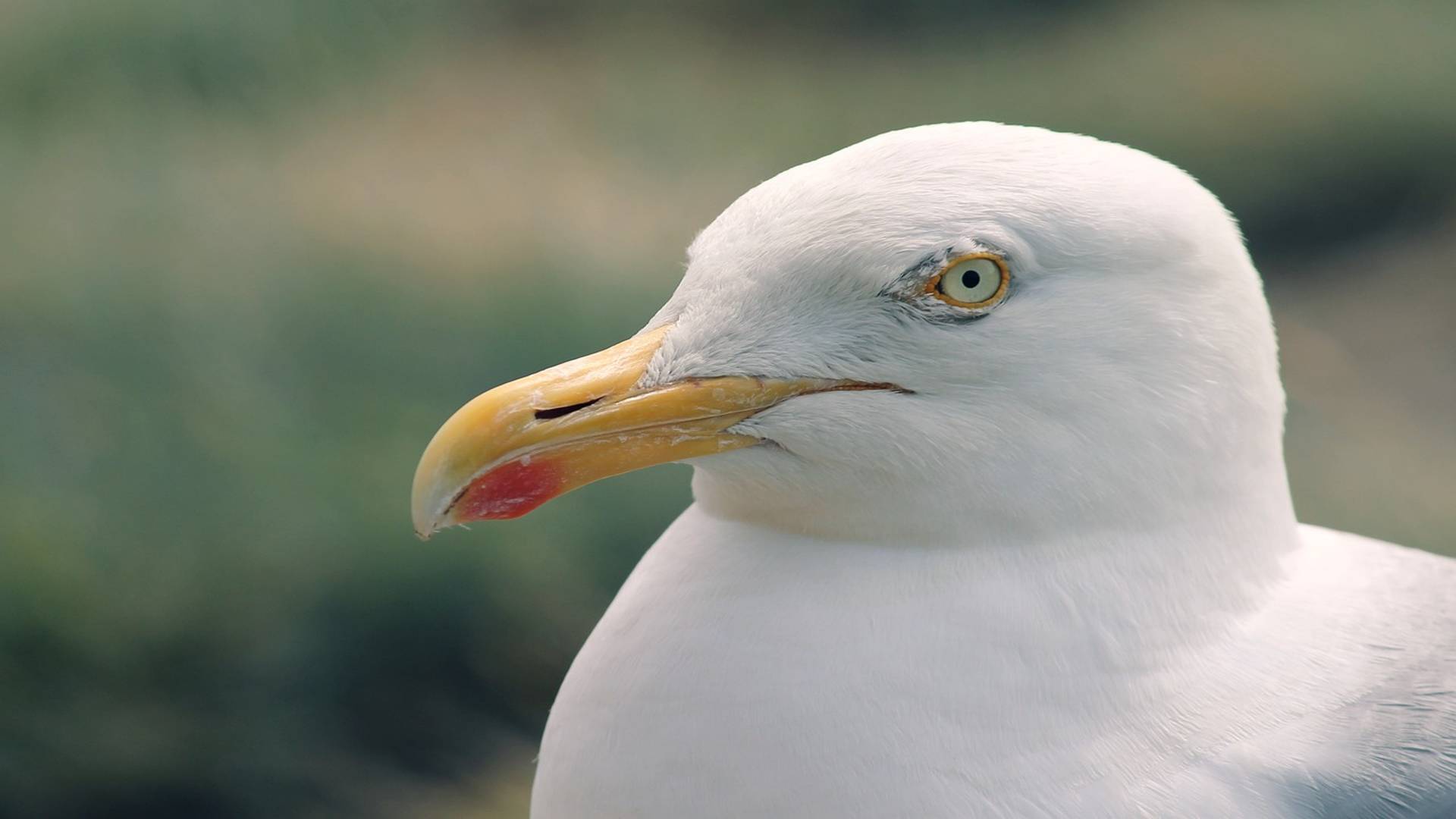Do you ever wonder if seagulls and pigeons are the same species? After all, they look similar, don’t they? This question has been an interesting debate among birdwatchers for a while now. So, can seagulls and pigeons breed?
Seagulls and pigeons cannot breed. Although they are both birds, they belong to different families and have different genetic makeups. Seagulls belong to the Laridae family, while pigeons belong to the Columbidae family.
This means that even if a seagull and pigeon were able to mate, their offspring would not be viable due to their genetic incompatibility.
Also, seagulls and pigeons have different behaviors and habitats. Seagulls are typically found near bodies of water, while pigeons prefer to live in urban areas. This further reinforces the fact that they cannot interbreed.
In this article, we’ll explore the potential for interbreeding between seagulls and pigeons, as well as the implications of such a hybridization. We will also consider the biological and ecological factors affecting their ability to reproduce successfully.
Let’s dive in.
What is the difference between a pigeon and a seagull?
Seagulls and pigeons are both birds that are commonly found in many parts of the world, but there are some differences between the two species.
Seagulls are larger and have longer, pointed wings for soaring and gliding, while pigeons have shorter, more rounded wings for sustained flight and quick takeoffs.
In terms of appearance, seagulls tend to have a more streamlined, sleek appearance, with a slender body and a pointed bill.
Pigeons, on the other hand, have a more stocky build and a shorter, thicker bill. Seagulls are also generally more vocal than pigeons, with a variety of distinctive calls that they use to communicate with one another.
Finally, seagulls are typically found near coastlines and other bodies of water, while pigeons are more at home in urban environments.
Can seagulls and pigeons breed?
The answer to whether seagulls and pigeons can breed is a resounding no. Although they are both birds, they belong to different families and have different genetic makeups.
Seagulls belong to the Laridae family, while pigeons belong to the Columbidae family. This means that even if a seagull and pigeon were able to mate, their offspring would not be viable due to their genetic incompatibility.
That said, seagulls and pigeons have different behaviors and habitats, which further reinforces the fact that they cannot interbreed. Seagulls are typically found near bodies of water, while pigeons prefer to live in urban areas.
Challenges of breeding seagulls and pigeons
Breeding seagulls and pigeons can be challenging for a number of reasons. One challenge is that these two species belong to different families within the order of Columbiformes, with seagulls belonging to the Laridae family and pigeons belonging to the Columbidae family.
This means that they are genetically distinct and may not be able to produce viable offspring. That said, seagulls and pigeons have different breeding behaviors and mating rituals, which could further complicate breeding efforts.
Also, interspecies breeding is not common in the animal kingdom, and it is generally difficult to create successful hybrid offspring.
Are seagulls and pigeons related?
Seagulls and pigeons are both birds that are commonly found in many parts of the world. In comparison, both species are known for their distinctive physical characteristics and behaviors that distinguish these birds.
Here are the main differences between these two types of birds:
Seagulls
- Belong to the family Laridae, which includes gulls, terns, and skimmers.
- Typically found near bodies of water, such as oceans, lakes, and rivers.
- Often seen scavenging for food or stealing it from other birds.
- Known for their loud, harsh calls.
Pigeons
- Belonging to the family Columbidae, which includes doves and pigeons.
- Found in a variety of habitats, including cities, forests, and fields.
- Often seen feeding on seeds and grains.
- They are known for their cooing calls and the ability to carry messages over long distances.
Hybridization between bird species
Hybridization between bird species is a rare occurrence, and it is generally difficult to create successful hybrid offspring. Hybridization can occur when two closely related species of birds mate, but this is not common in the wild.
In some cases, hybridization has been observed in captivity when two different species of birds are kept together in the same enclosure.
In birds, hybridization can have a variety of consequences, depending on the characteristics of the two species involved and the environment in which the hybridization occurs.
In some cases, hybrids may have characteristics that are intermediate between those of the two parent species, while in other cases, they may have traits that are more similar to one parent or the other.
Hybridization can also lead to the creation of new species through the process of speciation if the hybrids are reproductively isolated from the parent species and can only breed with each other.
One example of hybridization between bird species is the production of ‘lutino’ budgerigars, which are a result of breeding budgerigars with a mutant gene that causes them to have yellow feathers instead of the green feathers found in most budgerigars.
Summary
Before we move on to the conclusion, we’ve summarized this article into a short list of key points for you to remember:
- Seagulls and pigeons are two distinct species of birds that have different breeding behaviors and mating rituals.
- Hybridization between bird species is a rare occurrence, and it is generally difficult to create successful hybrid offspring.
- They live in different habitats and have different calls.
Conclusion
It is unlikely that seagulls and pigeons can breed successfully due to their genetic differences and different breeding behaviors.
Hybridization between bird species is a rare occurrence, and even if it did occur, the offspring may not be viable or have characteristics that are intermediate between those of the two parent species.
Want to learn more about seagulls?
Ready to boost your knowledge to the next level? If so, check out the articles below:
- How Do Seagulls Know When You Have Food? (Explained)
- Can Seagulls Drink Salt Water? (3 Minutes Read)
- Do Seagulls Attack Humans? Are They Aggressive? (Explained)






